
Doctor points out signs of 'secret' d.i.s.ease in women
Doctor Reveals Signs of a "Secret" Disease in Women That Should Not Be Ignored
Many women experience unexplained symptoms that they may dismiss as stress, hormonal changes, or aging. However, some of these symptoms could indicate an underlying “secret” disease that often goes undiagnosed for years.
Ignoring these signs can lead to serious complications, including infertility, chronic pain, and life-threatening conditions. That’s why it’s essential to recognize the warning signs early and seek medical help before it’s too late.
In this article, we’ll discuss the most common symptoms of hidden diseases in women, how to identify them, and when to consult a doctor.
1. Persistent Pelvic Pain
Chronic pelvic pain that doesn’t go away could be a sign of serious reproductive health issues.
✔ Possible Causes:
- Endometriosis – A condition where tissue similar to the uterus lining grows outside the uterus, causing severe pain and infertility.
- Ovarian cysts – Fluid-filled sacs in the ovaries that may cause bloating, irregular periods, and pain.
- Pelvic Inflammatory Disease (PID) – A bacterial infection that affects the reproductive organs.
🚨 When to See a Doctor:
- If pelvic pain lasts for weeks or worsens over time.
- If pain occurs before, during, or after sex.
- If it’s accompanied by abnormal vaginal discharge or fever.
2. Irregular or Heavy Periods
Menstrual cycles can vary, but sudden changes in frequency, flow, or duration can be a sign of an underlying condition.
✔ Possible Causes:
- Polycystic Ovary Syndrome (PCOS) – A hormonal disorder that causes irregular periods, weight gain, and infertility.
- Uterine fibroids – Noncancerous growths in the uterus that lead to heavy bleeding and pelvic discomfort.
- Thyroid disorders – Thyroid hormone imbalances can disrupt menstrual cycles and cause fatigue.
🚨 When to See a Doctor:
- If your period is extremely heavy or lasts more than 7 days.
- If you miss periods for several months without pregnancy.
- If your period pain is so severe that it disrupts daily activities.
3. Unexplained Weight Gain or Loss
Sudden weight changes without changes in diet or exercise could indicate a hormonal imbalance or metabolic disorder.
✔ Possible Causes:
- PCOS – Leads to insulin resistance, unexplained weight gain, and acne.
- Hypothyroidism – A slow thyroid can cause rapid weight gain, fatigue, and dry skin.
- Diabetes – High blood sugar can lead to unexplained weight loss, excessive thirst, and frequent urination.
🚨 When to See a Doctor:
- If you gain or lose more than 10 pounds in a short period.
- If weight changes occur with fatigue, mood swings, or irregular periods.
4. Chronic Fatigue & Low Energy
Feeling exhausted all the time, even after resting, may be more than just stress—it could be a sign of an underlying disease.
✔ Possible Causes:
- Anemia – A lack of red blood cells causes constant fatigue, dizziness, and pale skin.
- Fibromyalgia – A disorder that leads to widespread pain, fatigue, and brain fog.
- Autoimmune diseases – Conditions like lupus or rheumatoid arthritis can cause chronic fatigue and joint pain.
🚨 When to See a Doctor:
- If fatigue lasts for weeks and doesn’t improve with rest.
- If accompanied by hair loss, joint pain, or muscle weakness.
5. Difficulty Getting Pregnant
Infertility affects millions of women, but many don’t realize they have a problem until they try to conceive.
✔ Possible Causes:
- PCOS – One of the most common causes of ovulation problems.
- Endometriosis – Can cause scarring and blockages in the fallopian tubes.
- Hormonal imbalances – Affect ovulation and implantation.
🚨 When to See a Doctor:
- If you’ve been trying to conceive for over a year without success.
- If your menstrual cycle is irregular or absent.
6. Breast Changes & Unusual Lumps
Most breast lumps are harmless, but some could be a sign of breast cancer or fibrocystic breast disease.
✔ Warning Signs of Breast Cancer:
- Lumps or thickened areas in the breast.
- Unexplained nipple discharge (especially blood).
- Changes in breast shape, dimpling, or skin redness.
🚨 When to See a Doctor:
- If you feel a new lump that doesn’t go away.
- If you notice unusual nipple changes or pain.
💡 Prevention Tip: Perform monthly breast self-exams and schedule regular mammograms.

News in the same category


Why Am I Gaining Weight on an 'Eat Clean' Diet?

2 Types of Fruits with the Least Pesticide Residues in the Market: The Number 1 is Adored by Many People
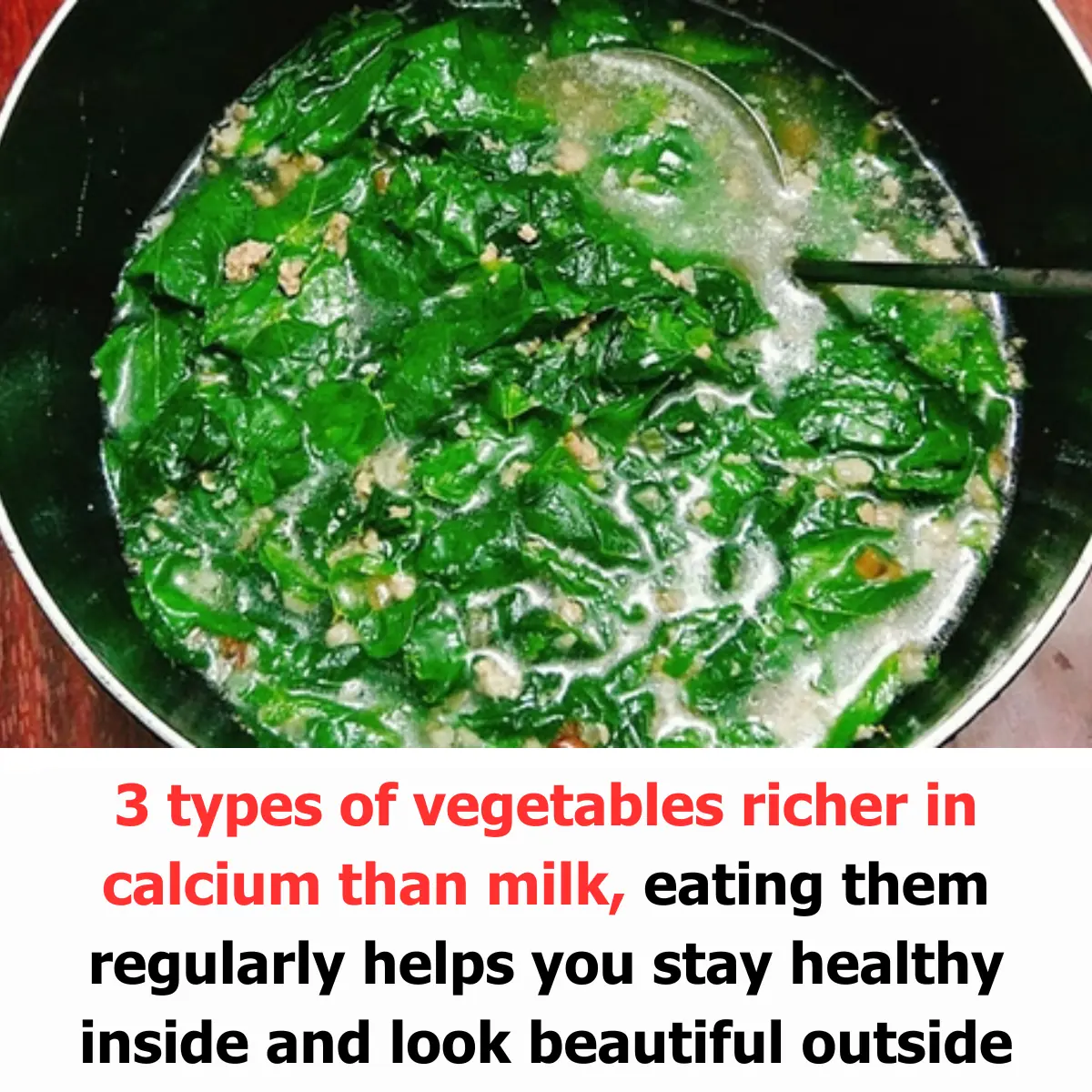
3 Types of Vegetables Richer in Calcium Than Milk: Eating Them Regularly Helps You Stay Healthy Inside and Look Beautiful Outside
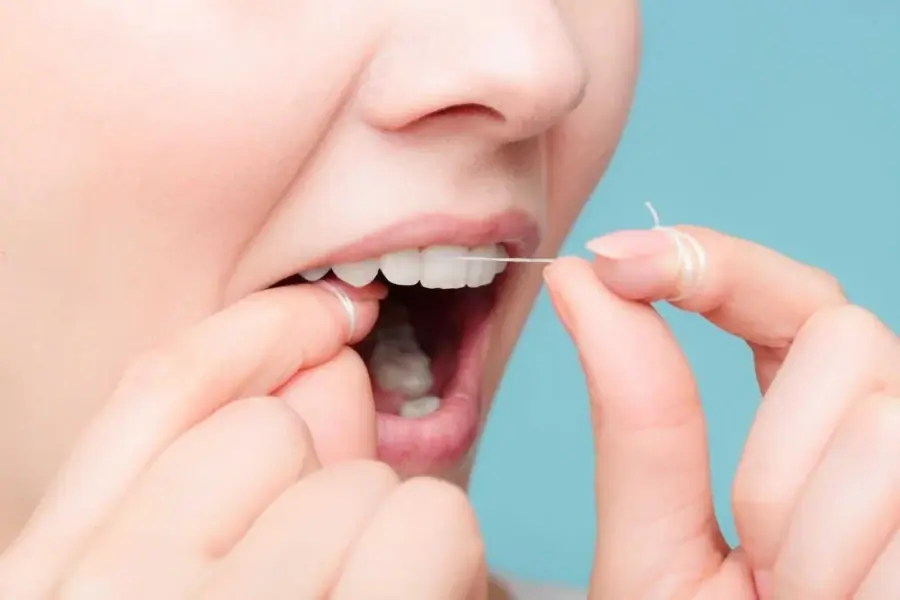
Stroke Isn’t So Scary If You Know This: A Simple Habit for Healthy Blood Vessels
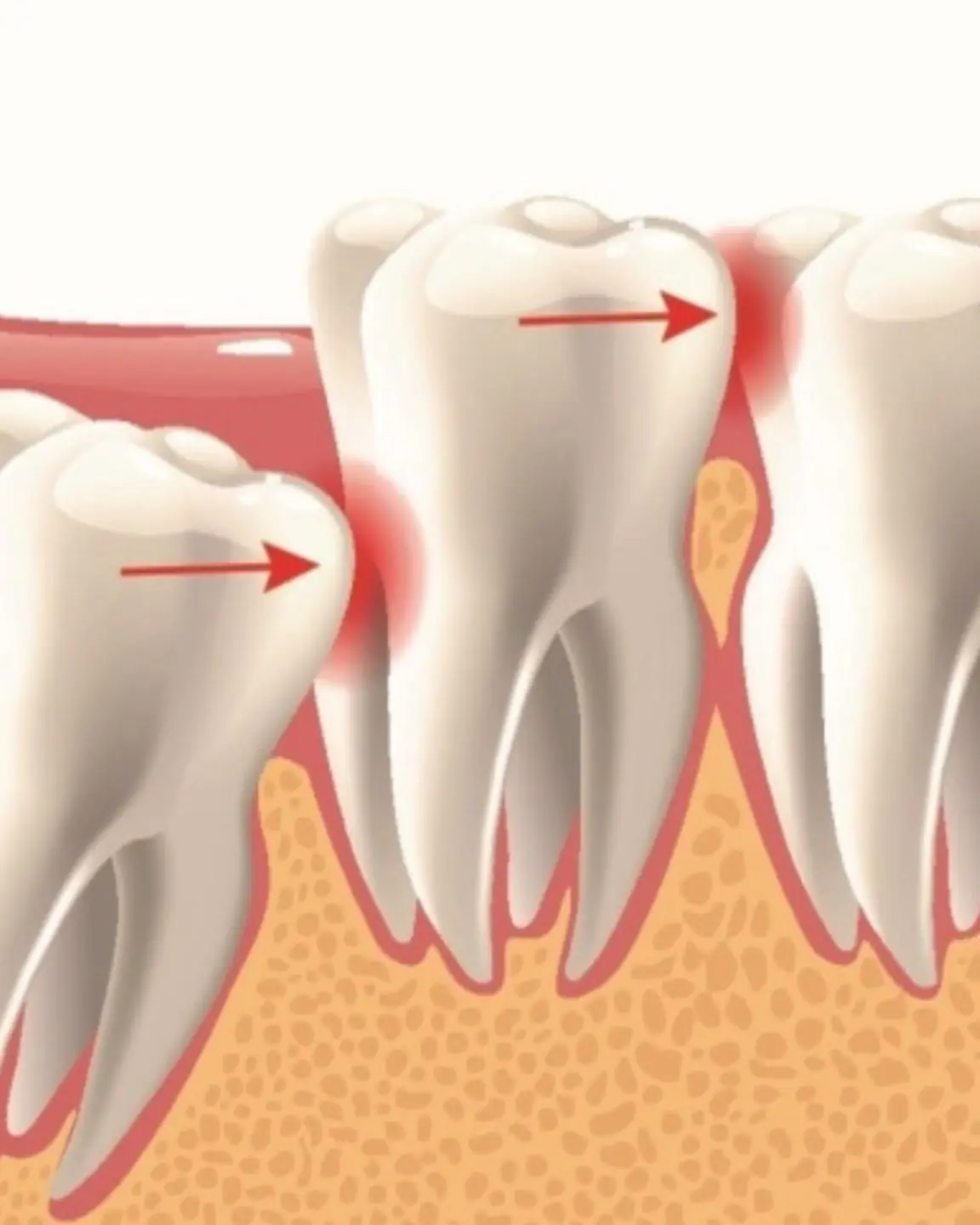
Impacted or crooked wisdom teeth - not only cause pain and discomfort but can also cause many dangerous complications
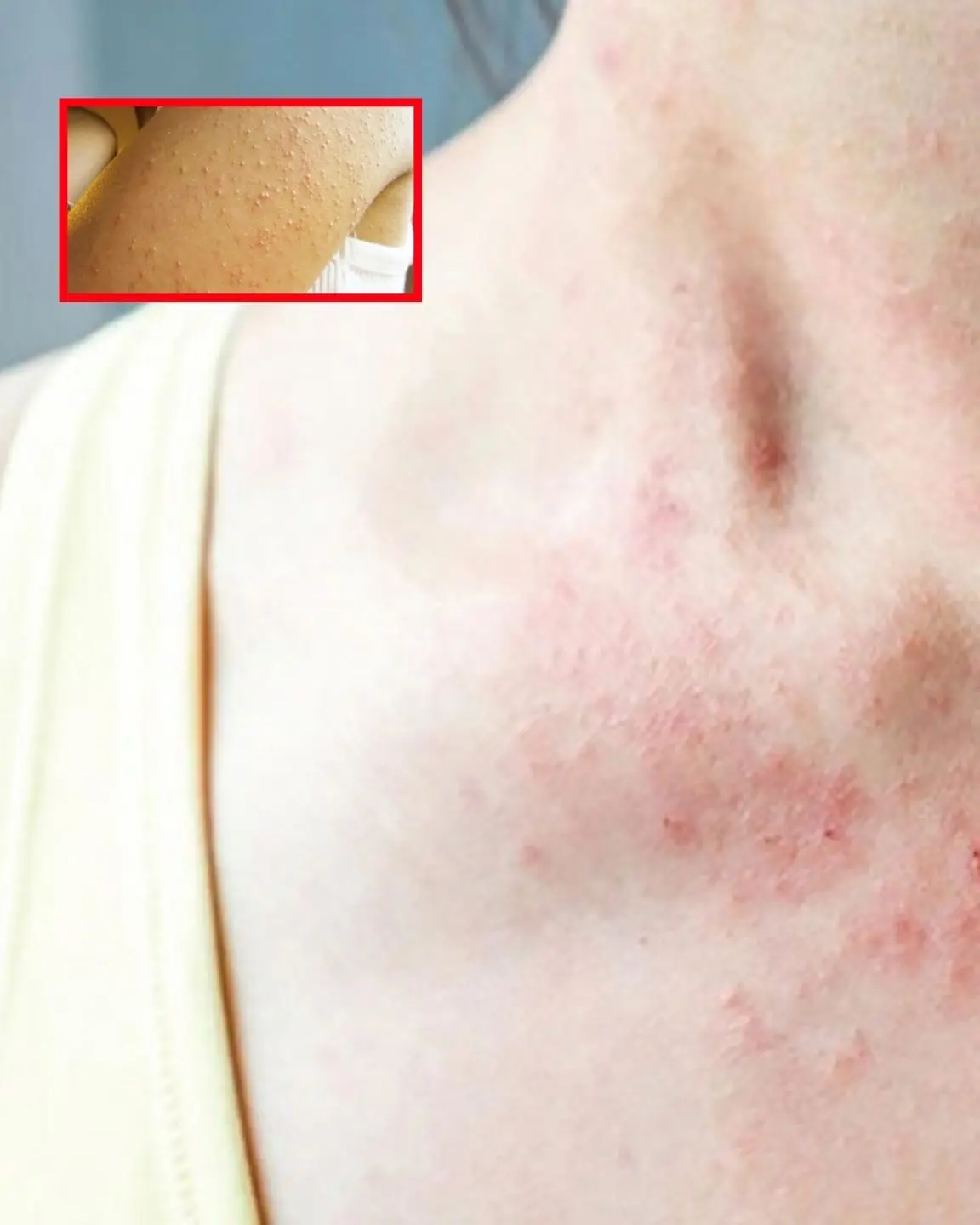
Bumpy skin without itching - do not ignore it because this is a sign of 8 dermatological diseases

Only 3 Steps For Tomato Home Remedy That Are Best Fit Your Glowing Skin

Discovering the Nutritional Power of Broccoli Leaves: Benefits, Uses, and More
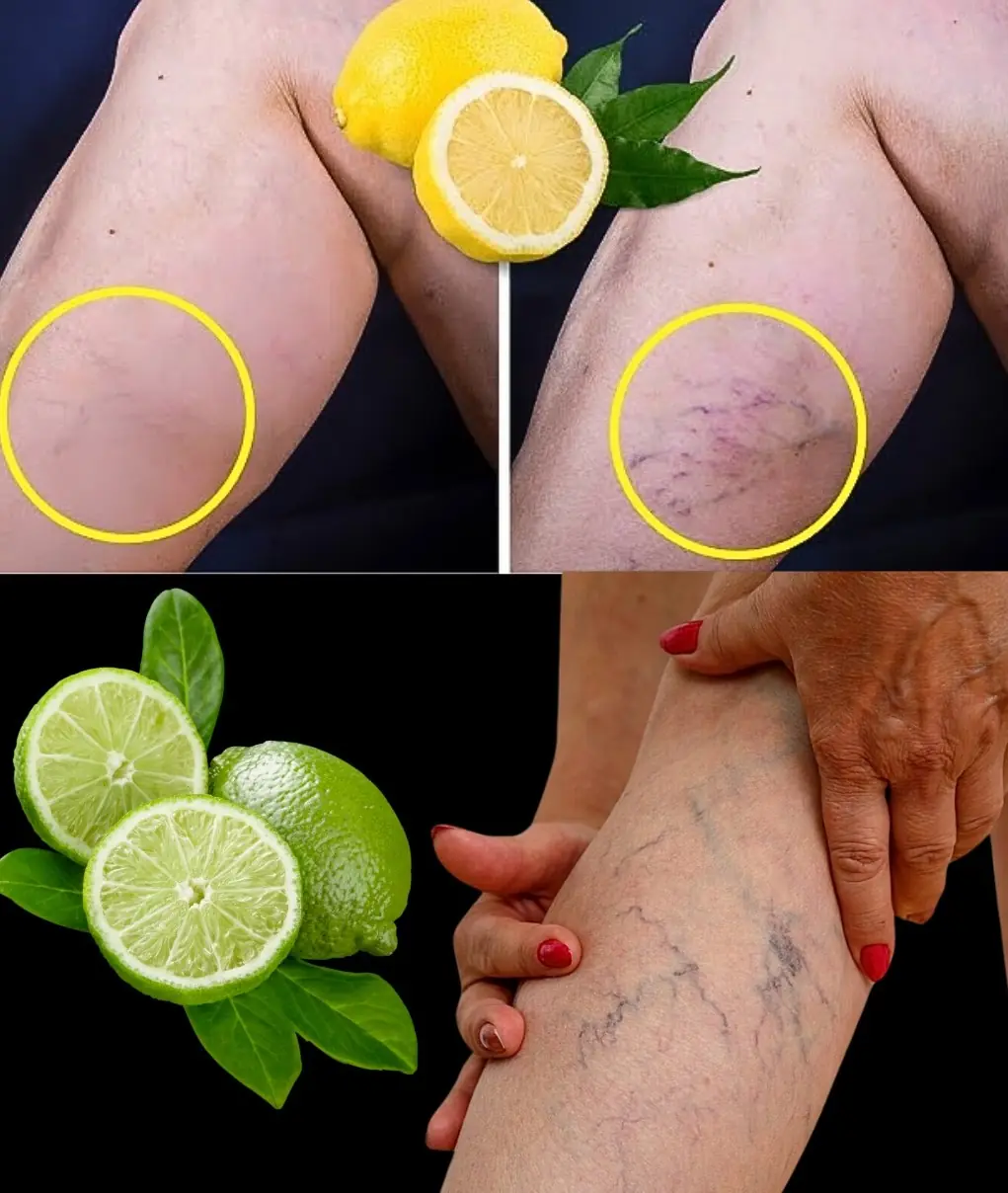
The Secret Power of Lemons to Reduce Varicose Veins Naturally

You will definitely always carry a lemon with you

Doctor points out signs of 'secret' d.i.s.ease in women

Ever tried garlic before bed
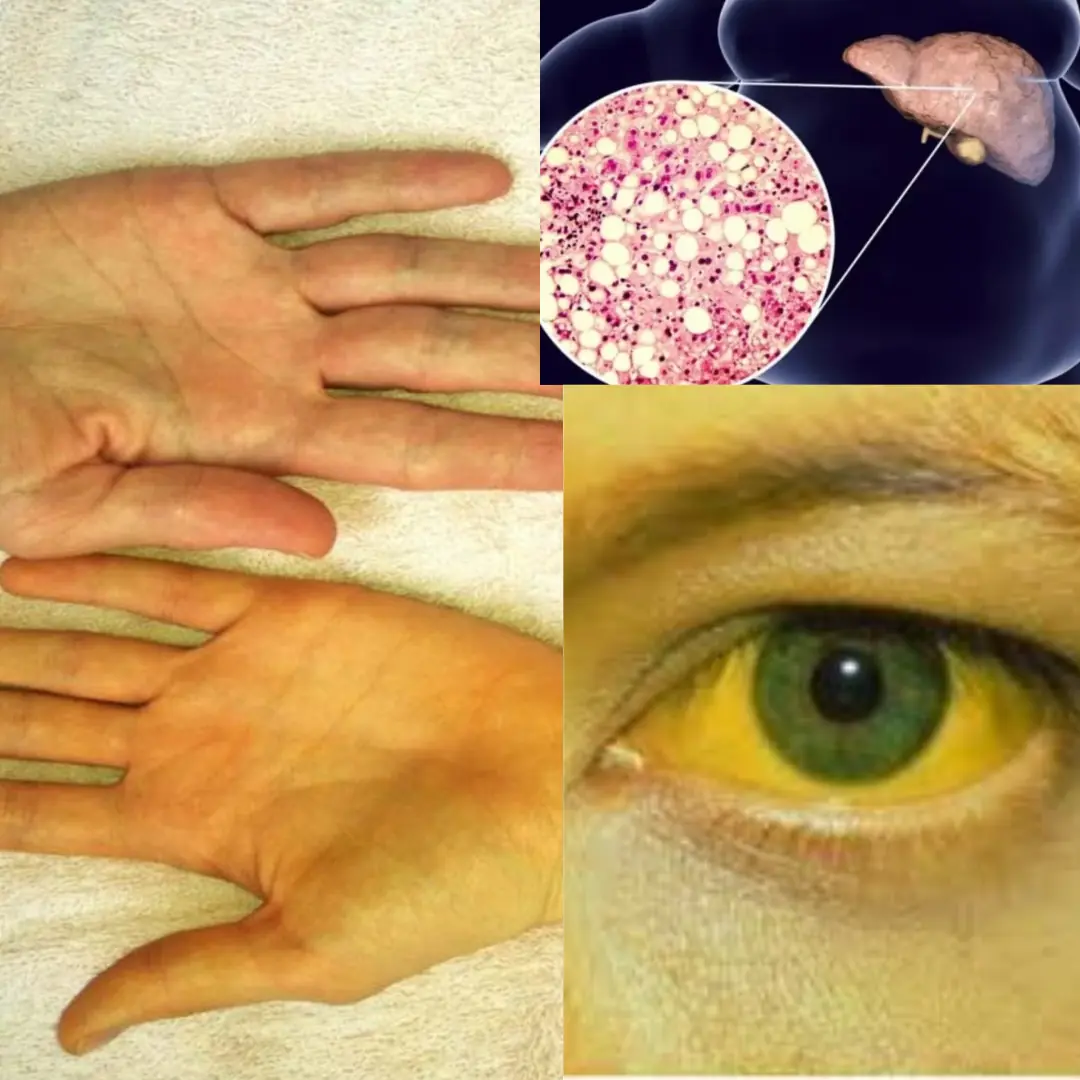
Discover tips to effectively reduce jaundice
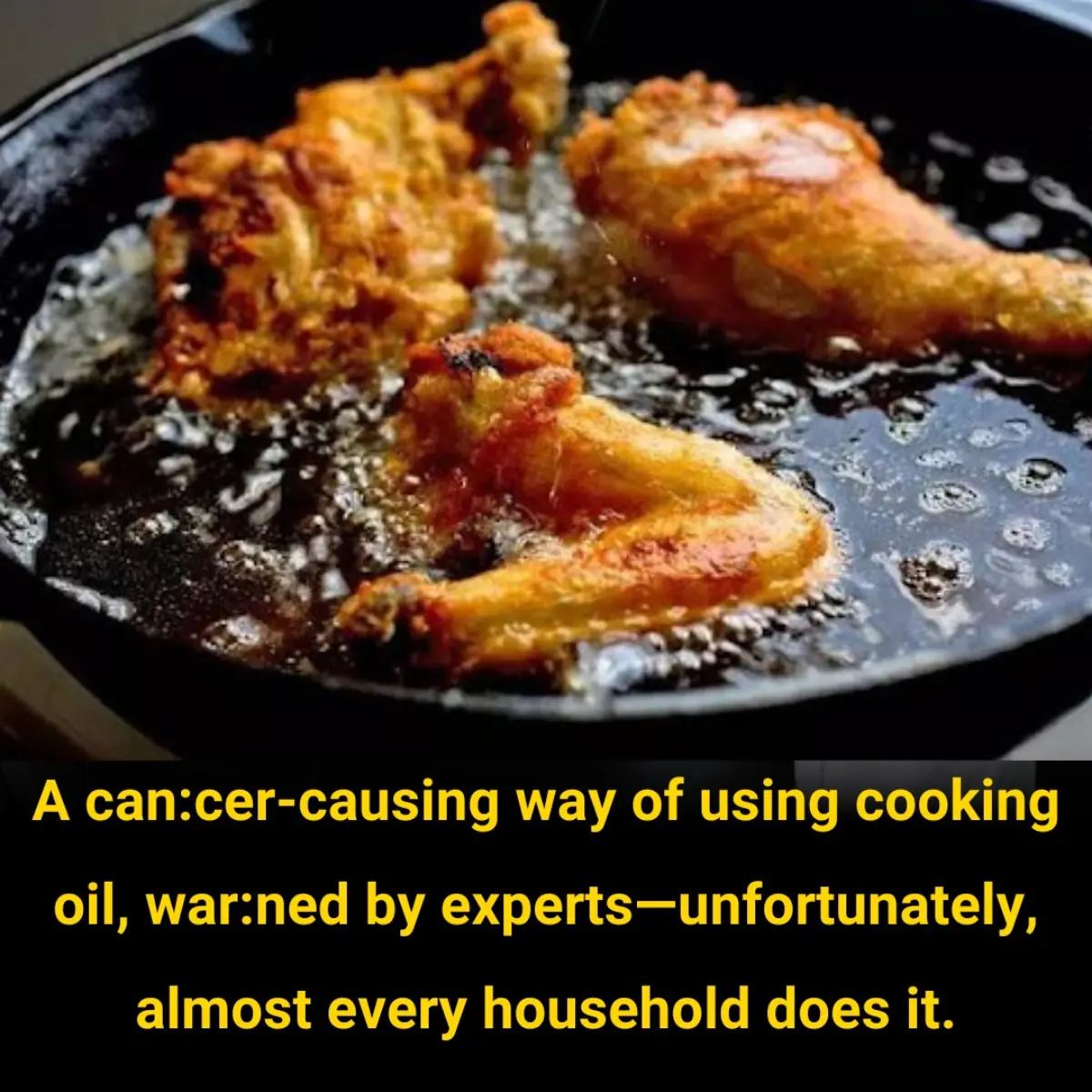
Many still ignore this harmful habit.

4 Anti-Inflammatory Protein Sources to Eat Regularly
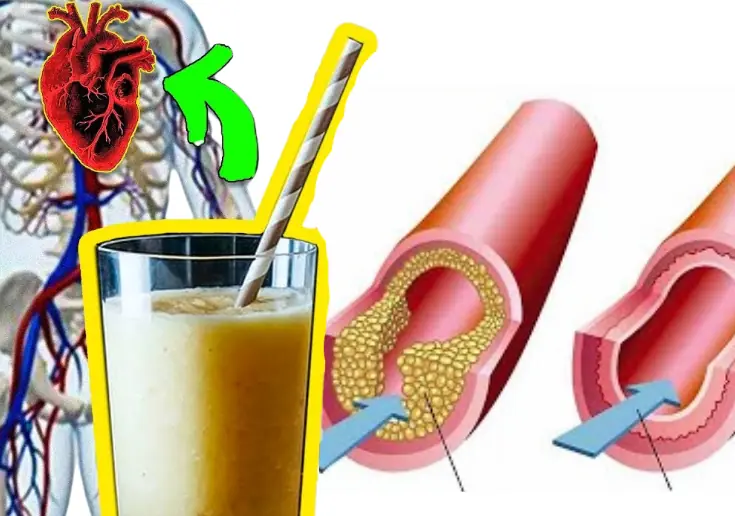
Clear Your Arteries with This Simple Juice
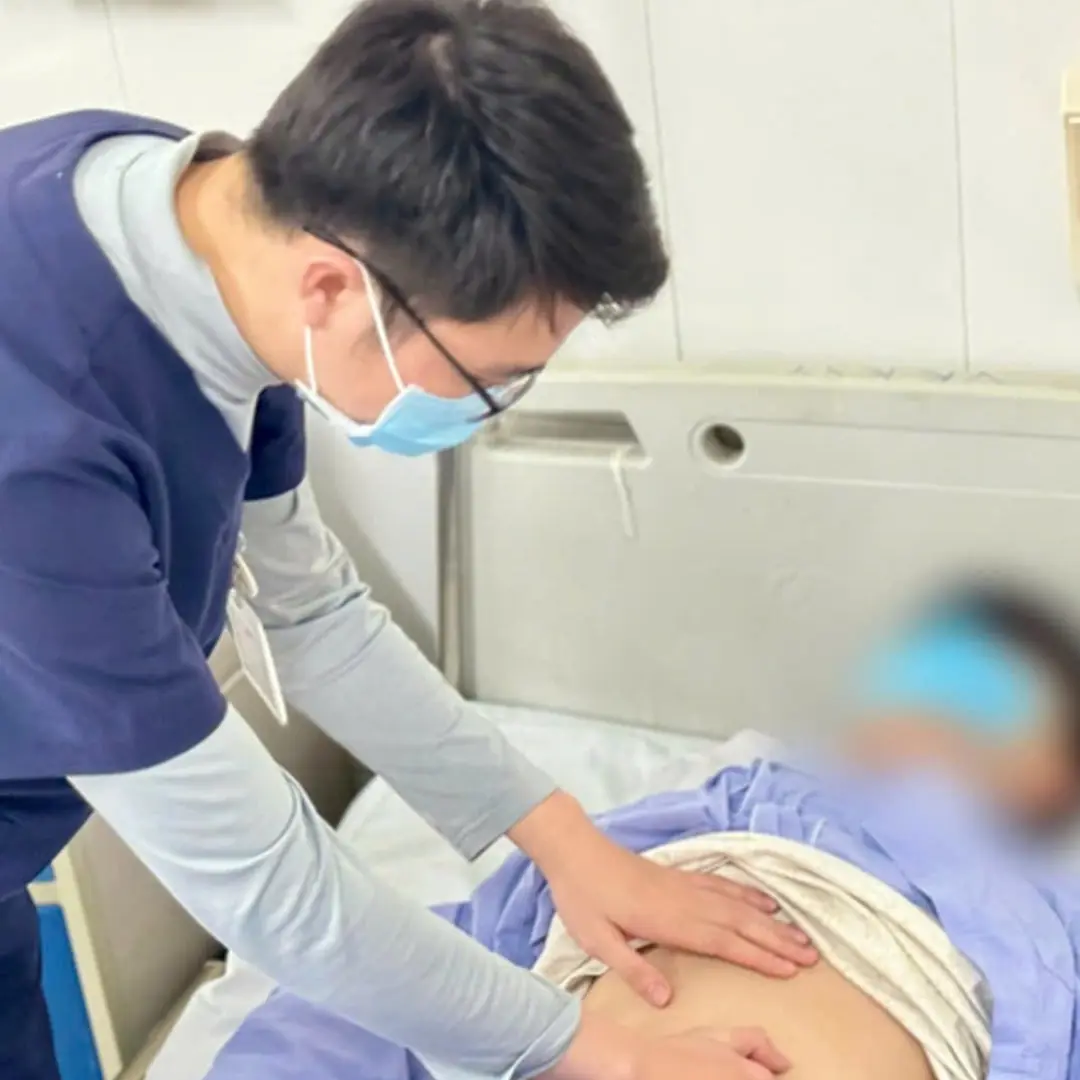
A 20-year-old man contracted three parasites at the same time, due to occasionally eating this vegetable.
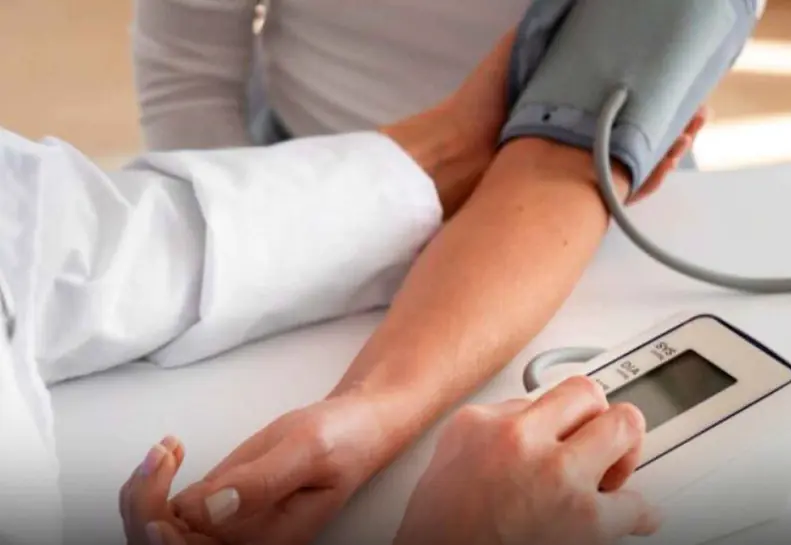
5 effective ways to lower blood pressure
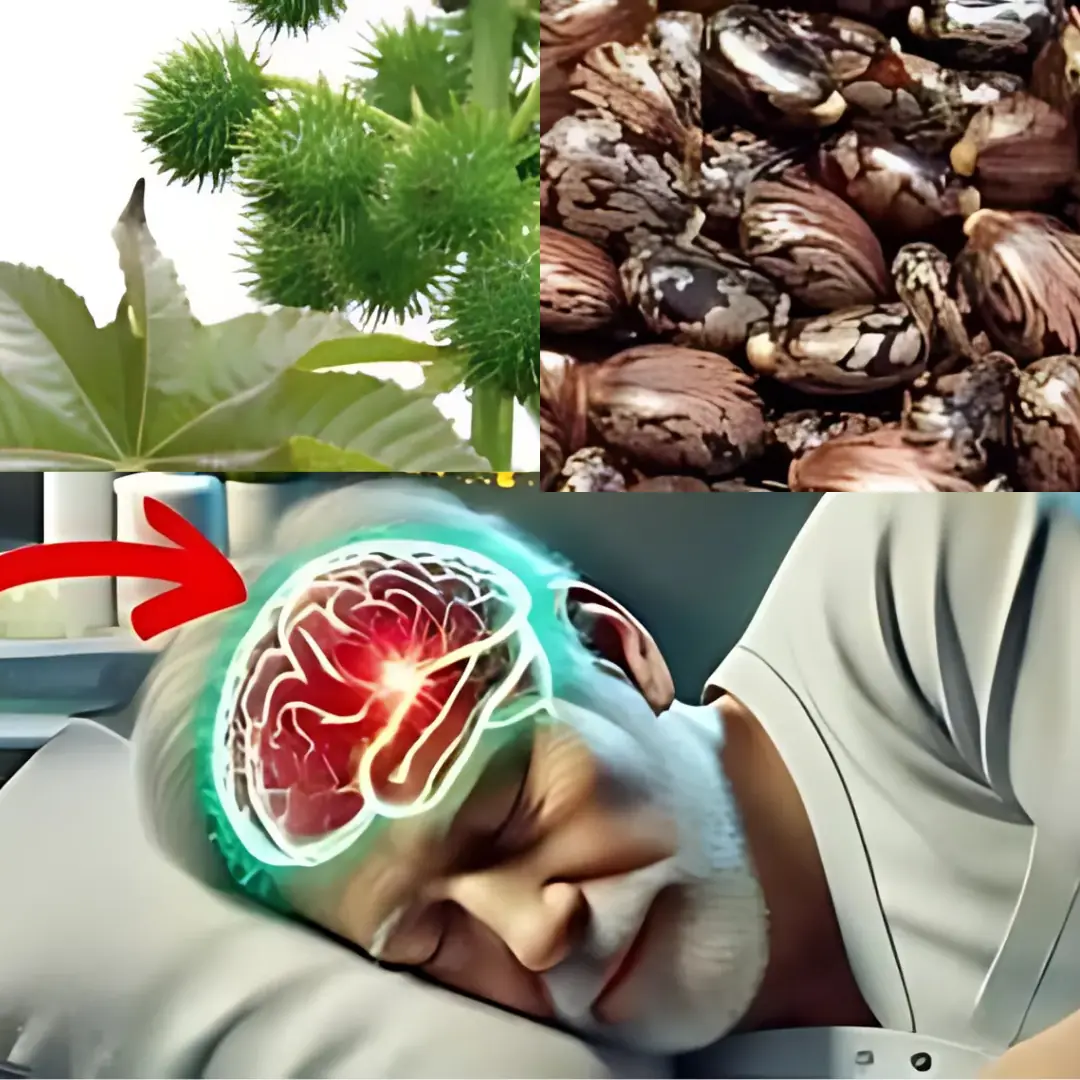
Use castor oil before sleeping and be amazed what happens
News Post

Just Think About How Many of Them You've Actually Ingested

Place a Garlic Bulb at the Head of Your Bed: Its 'Golden' Benefits Will Make Anyone Who Reads This Want to Try It

Why Am I Gaining Weight on an 'Eat Clean' Diet?

2 Types of Fruits with the Least Pesticide Residues in the Market: The Number 1 is Adored by Many People

3 Types of Vegetables Richer in Calcium Than Milk: Eating Them Regularly Helps You Stay Healthy Inside and Look Beautiful Outside

Stroke Isn’t So Scary If You Know This: A Simple Habit for Healthy Blood Vessels

Clean Your Pillow Filling
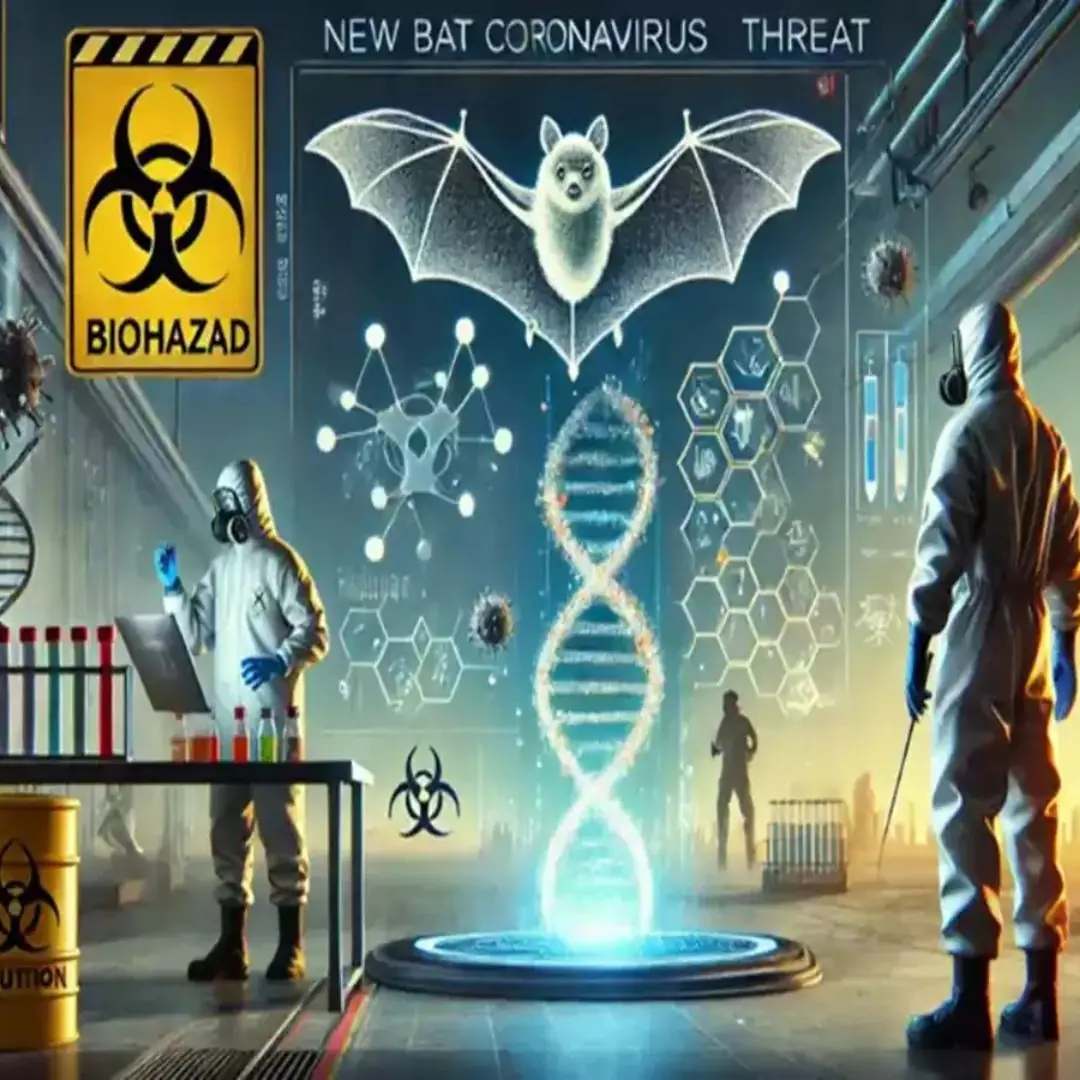
Chinese team finds new bat coronavirus that could infect humans via same route as Covid-19

Impacted or crooked wisdom teeth - not only cause pain and discomfort but can also cause many dangerous complications

T r a g i c C.r.a.s.h: Sleeper Bus S l a m s into Semi-Truck, Leaving 6 D e a d

Cooking but continuously draining water, everyone watching wondered why the chef was so wasteful
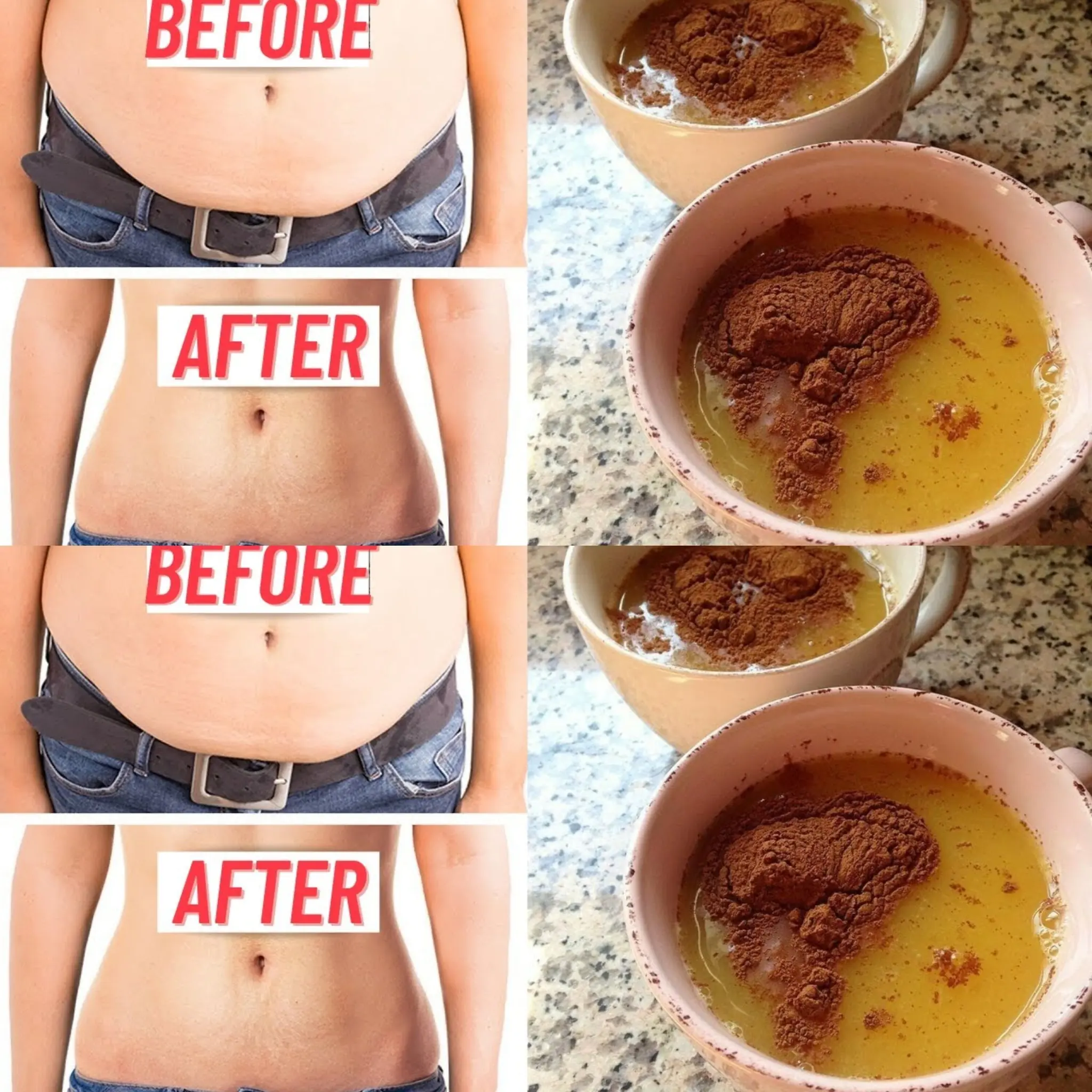
7 Simple Yet Powerful Benefits of Drinking Cloves

Why should you add 1 teaspoon of coconut oil when cooking rice?

If your wooden door is infested with termites, just mix this and pour it in. The wooden furniture will still be beautiful after 10 years

These Aloe Vera Face Masks Will Beat Your Acne Pimples In No Time

Bumpy skin without itching - do not ignore it because this is a sign of 8 dermatological diseases

How to Grow Pumpkins Successfully: Best Watering and Fertilization Tips
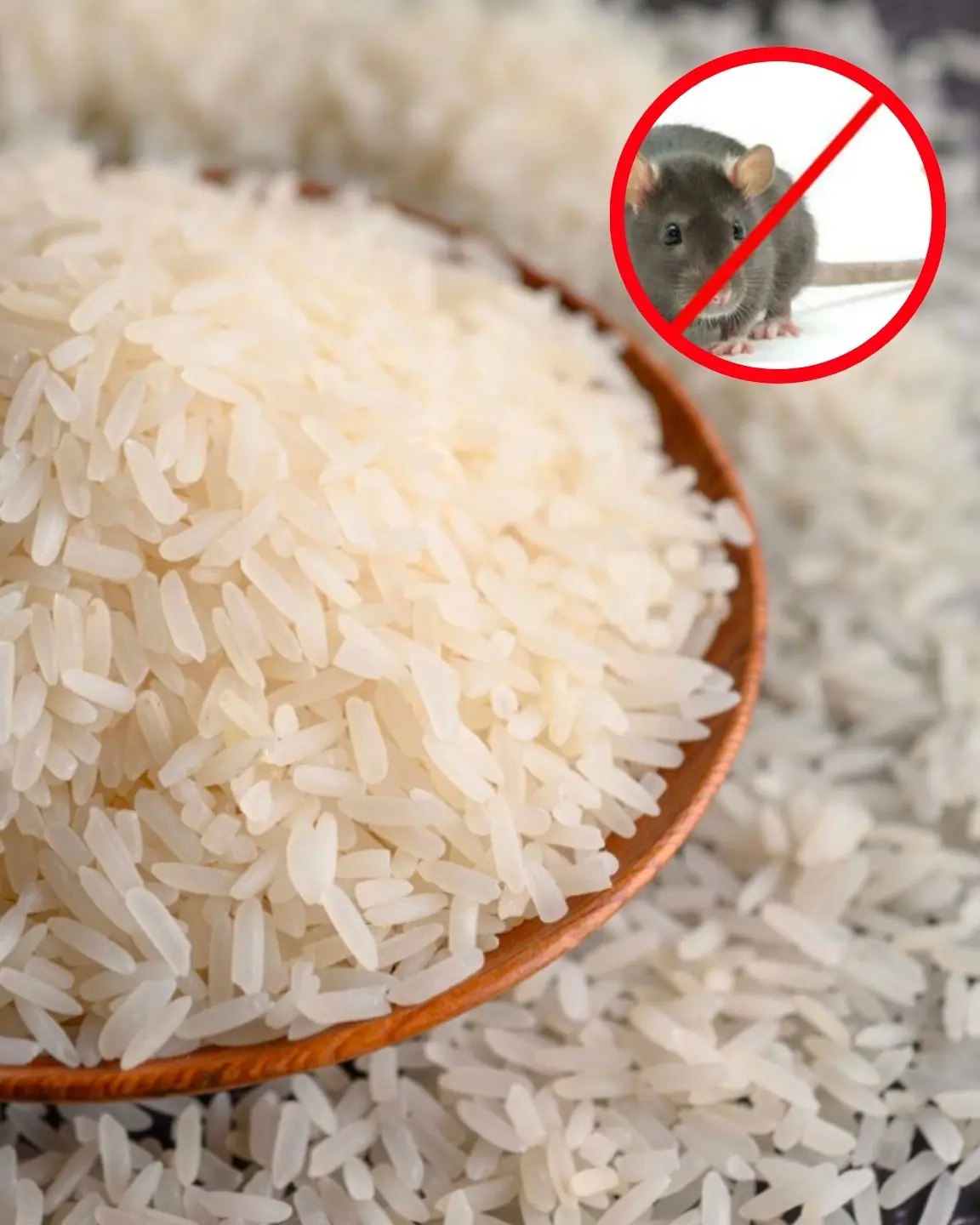
Mix rice with this and leave it in the corner of the house, the mice will run away and never d a r e to come near

Leave this leaf in the toilet to deodorize and repel mosquitoes and flies
